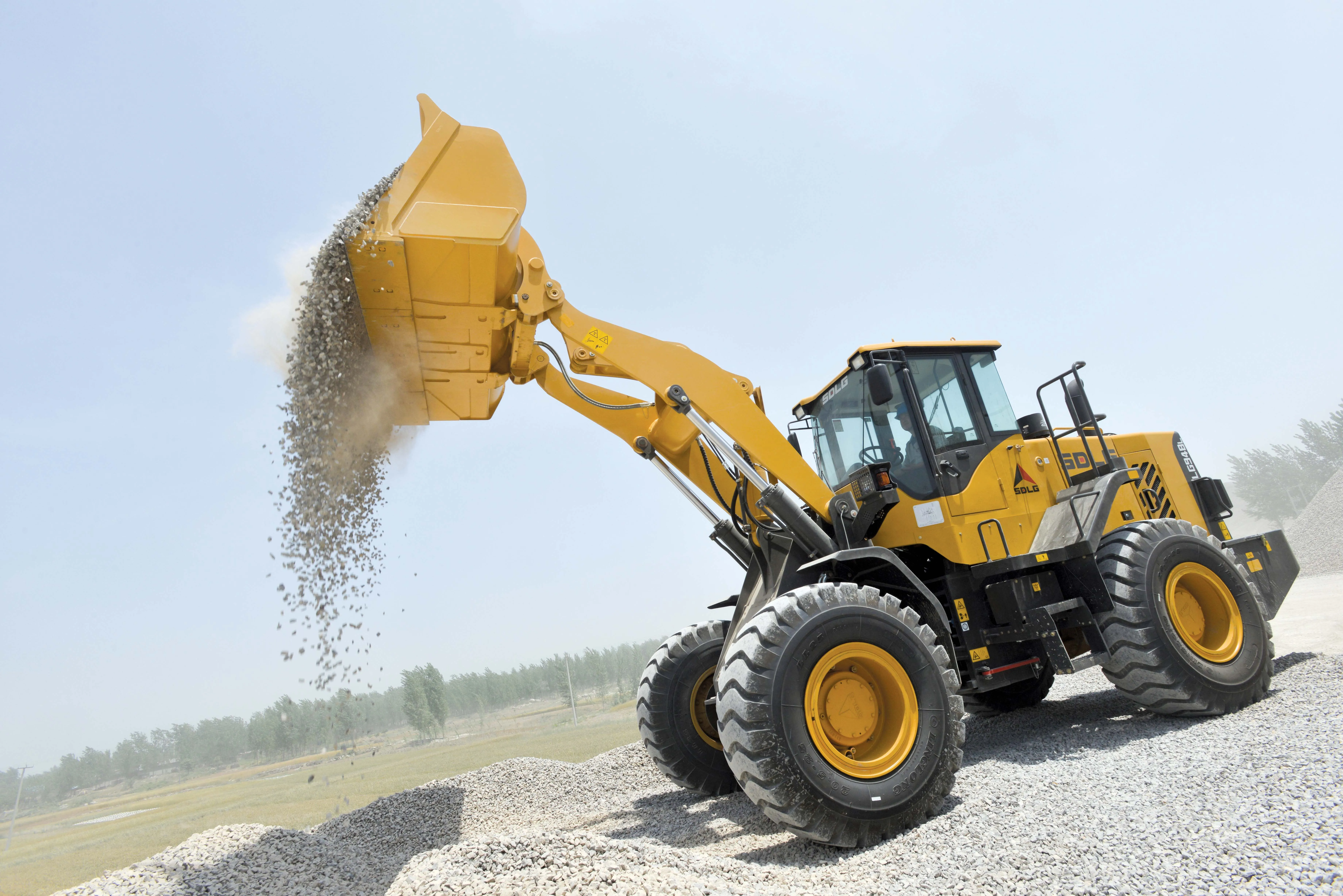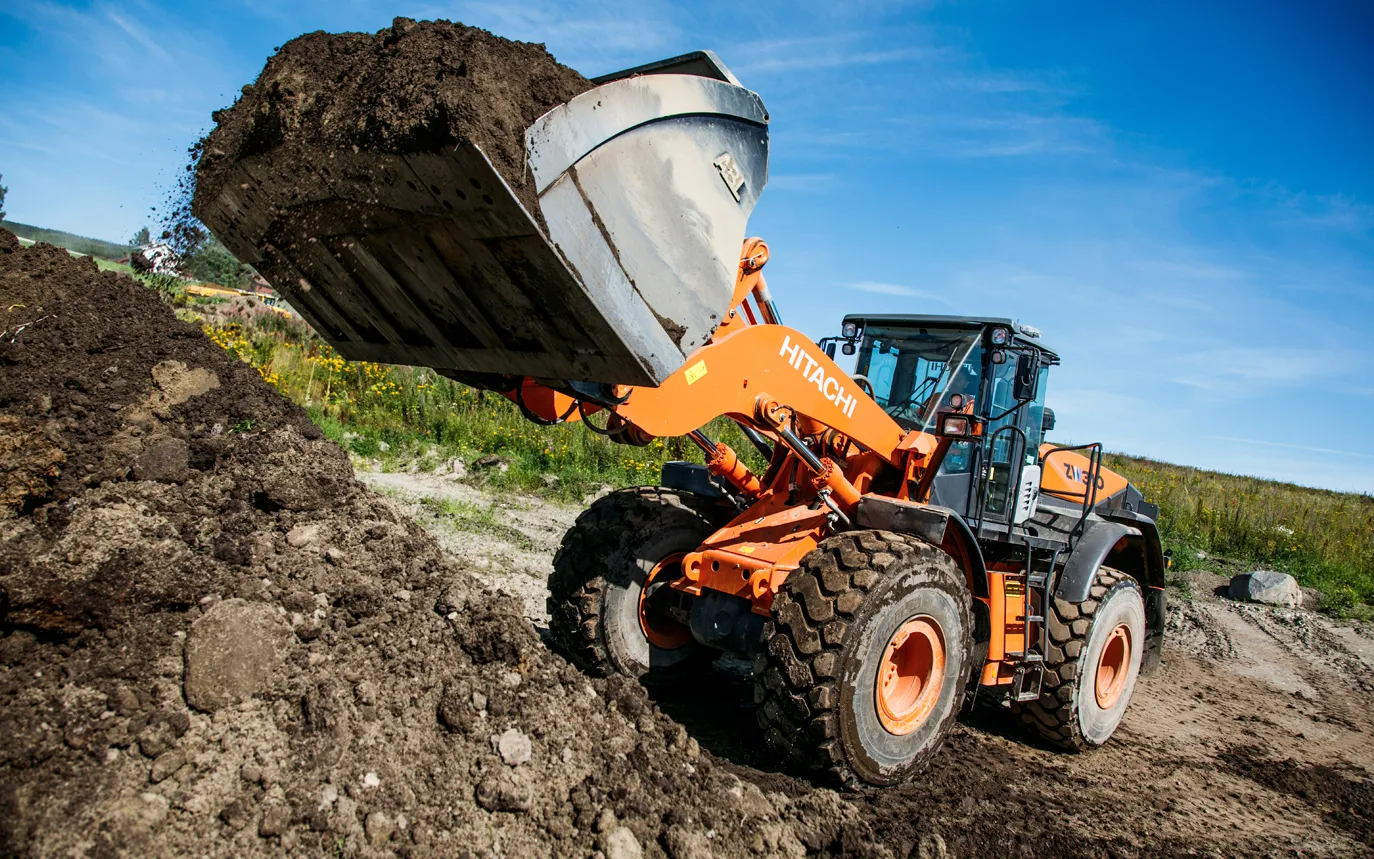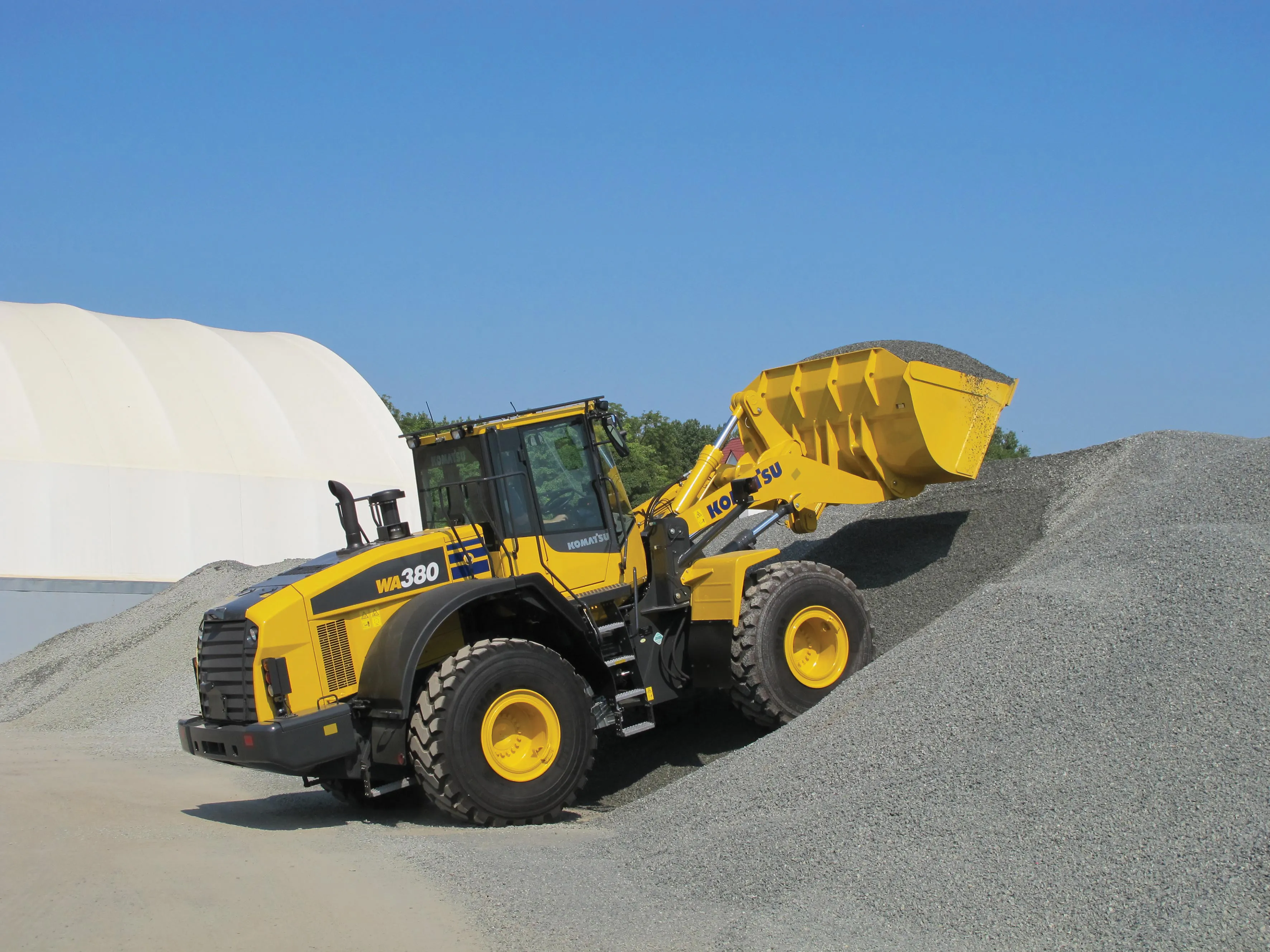German construction equipment maker
The loaders will comply with EU emissions Stage IIIB, according to a statement from Hitachi Construction Machinery Europe, based in the Netherlands.
Mecalac Baumaschinen is part of Groupe Mecalac, based in France.
Three new high-performance models – ranging from 4.9-5.4tonnes – are included within the agreement: the ZW65-6, ZW75-6 and ZW95-6. These will be sold as Hitachi machines in its distinctive orange colour through HCME’s authorised dealer network.
All machines have a self-stabilising articulated pendulum joint to increase the stability and have an overall height of less than 2.5m. There is a 100% differential lock in the front and rear axles that can be engaged on demand for traction of all wheels. Each model is equipped with a mono-boom for increased visibility.
“This range of articulated wheel loaders has been continuously updated and offers the best design on the market,” said Henri Marchetta, president and chief executive of Mecalac Group.
“HCME is continuously striving to offer the most reliable solution to our existing and prospective customers across all of our European territories,” said HCME president and chief executive Moriaki Kadoya.
Mecalac agrees to make compact articulated wheel loaders for Hitachi
German construction equipment maker Mecalac will manufacture compact articulated wheel loaders to be sold under the Hitachi brand at its factory in Büdelsdorf, Germany. The loaders will comply with EU emissions Stage IIIB, according to a statement from Hitachi Construction Machinery Europe, based in the Netherlands.
November 30, 2015
Read time: 2 mins








